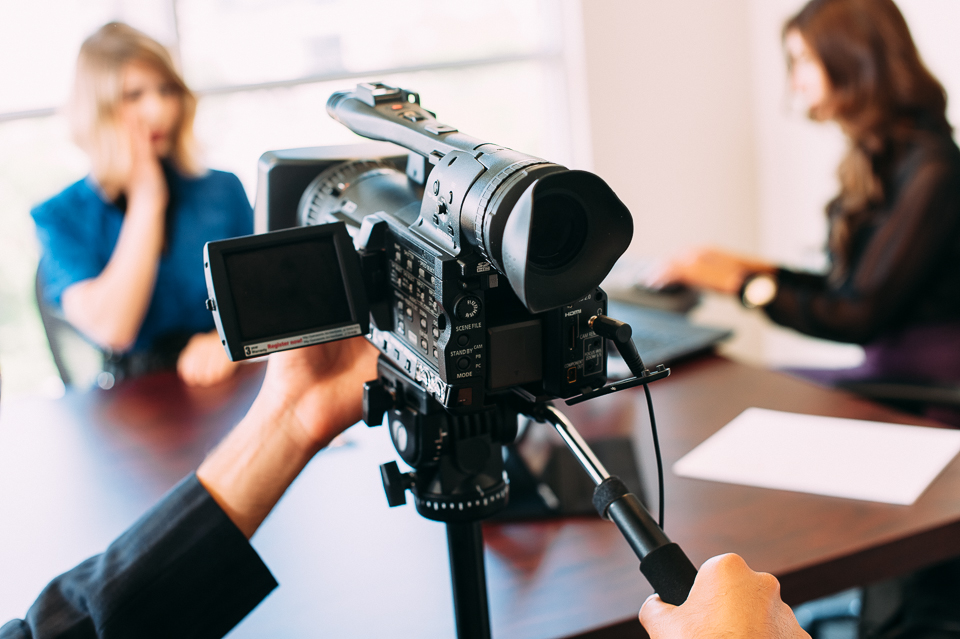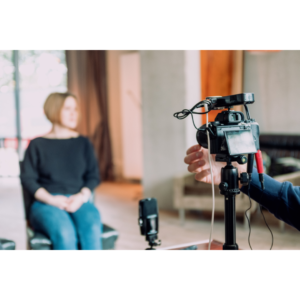Why Legal Videography Is Important for Accurate Legal Record-Keeping
In the world of legal procedures, the precision of record-keeping is critical, and lawful videography arises as an important device in this context. By recording the nuances of verbal and non-verbal interaction, it significantly decreases the capacity for misinterpretation that can go along with standard written documents. Furthermore, the preservation of authentic aesthetic proof not just boosts the trustworthiness of testaments yet also contributes to an extensive account of occasions. As we explore the multifaceted advantages of lawful videography, one need to consider its effects for the future of judicial honesty and transparency - legal videography.
Value of Visual Proof
Establishing the significance of visual proof in lawful procedures is critical for guaranteeing accurate record-keeping and enhancing the total honesty of the judicial procedure. Visual evidence offers as an essential device in documenting events, problems, and various other essential details that may be vital to an instance. Unlike composed accounts, which are susceptible to analysis and predisposition, visual recordings provide a purpose, unalterable representation of facts as they took place.


This type of evidence can catch a variety of aspects, including witness habits, ecological context, and physical evidence, every one of which may influence judicial end results. By presenting a clear and thorough visual narrative, lawful videography eliminates uncertainty and aids to preserve the credibility of the proof.
Furthermore, aesthetic proof can be important in minimizing disputes over accurate inconsistencies, as it permits a direct comparison versus testament and other documented documents. In an era where electronic innovation is significantly prevalent, the capacity to present visual evidence properly can considerably improve the total top quality of legal proceedings. Eventually, the consolidation of aesthetic proof not just bolsters the documentation process however likewise strengthens public rely on the judicial system by advertising openness and liability.
Enhancing Testimony Integrity
The combination of legal videography into courtroom process dramatically boosts the integrity of witness statement. By catching the nuances of spoken and non-verbal interaction, video clip recordings supply a more extensive representation of a witness's disposition, feelings, and integrity. This aesthetic documentation permits jurors to observe the witness's body movement, facial expressions, and overall manner, which are essential elements that can influence their assumption of statement trustworthiness.
Additionally, lawful videography minimizes the potential for misinterpretation or distortion of testament that may occur in created transcripts. Viewers can see and listen to the statement as it existed, making certain that the context and tone are protected. This credibility promotes a greater feeling of count on amongst jurors, who might be a lot more inclined to think testimony that they can witness firsthand.
In addition, the existence of video clip footage can discourage witnesses from providing deceptive or exaggerated statements, as they understand that their statement is being taped. This accountability strengthens the honesty of the judicial process. Ultimately, legal videography acts as a vital device in guaranteeing that witness testimony is not only precisely shown but likewise watched with heightened reputation by all parties included.
Comprehensive Document Conservation
Comprehensive document preservation is vital for keeping the integrity of legal procedures. Lawful videography functions as an important device in this procedure, providing a precise aesthetic and acoustic account of testimonies, depositions, and other zero hours in a situation. Unlike traditional written records, video clip recordings capture the subtleties of body movement, tone, and emotion, which are essential for understanding the context and intent behind statements made throughout lawful procedures.

In addition, the capacity to examine video evidence permits lawyers to identify critical details that might have been ignored in written documents. By preserving a comprehensive archive of lawful procedures through videography, law office can copyright the highest possible requirements of accuracy and liability, ultimately adding to a fairer judicial procedure.
Improving Lawful Process
Simplifying lawful proceedings is crucial for improving efficiency and minimizing hold-ups within the judicial system. Lawful videography works as a pivotal tool in achieving this objective by supplying clear and exact visual documents of court hearings, depositions, and testimonies. This innovation permits real-time recording, guaranteeing that all spoken and non-verbal cues are caught, which can facilitate quicker resolution of disagreements.
The combination of videography into legal procedures decreases try this reliance on typical approaches, such as extensive records, which can be lengthy to produce and examine. By having actually access to tape-recorded footage, lawyers can promptly reference crucial minutes, improving their ability to prepare and present situations properly. Learn More This immediacy also aids in the clearing up of testimonies, minimizing the possibility for misinterpretation.
Furthermore, aesthetic documents promotes an extra interesting court room experience for jurors, aiding them to grasp complex information much more easily. Eventually, legal videography improves communication among all parties involved, from attorneys to judges to jurors, thereby advertising an extra reliable judicial procedure (legal videography). In a period where time is essential, accepting this innovation is crucial for the contemporary legal landscape
Admissibility in Court
Precise documentation is vital not just for performance yet additionally for ensuring that proof is acceptable in court. Legal videography functions as an essential device in this process, providing a trusted aesthetic document of statements, statements, and events. Courts often call for proof to meet specific criteria of admissibility, including relevance, credibility, and dependability. Top quality video clip recordings can meet these criteria by recording clear audio and visual information that written records may overlook.
To be regarded acceptable, legal videography has to comply with well-known procedures, such as proper equipment use, suitable lights, and clear audio capture. Furthermore, it is important to have qualified videographers that comprehend the lawful requirements surrounding proof collection. The chain of protection must likewise be kept to prevent any type of cases of meddling or alteration.
Moreover, lawful videography can boost the persuasiveness of evidence by offering jurors with a straight sight of the testament, enabling a more engaged understanding of the situation. In recap, the assimilation of legal videography into record-keeping not only supports effectiveness yet additionally bolsters the stability and admissibility of proof in court process.
Verdict
In verdict, lawful videography plays a pivotal role in ensuring exact lawful record-keeping by supplying objective visual documents. Eventually, the consolidation of legal videography into the judicial procedure advertises openness and reinforces public trust in the integrity of the lawful system.